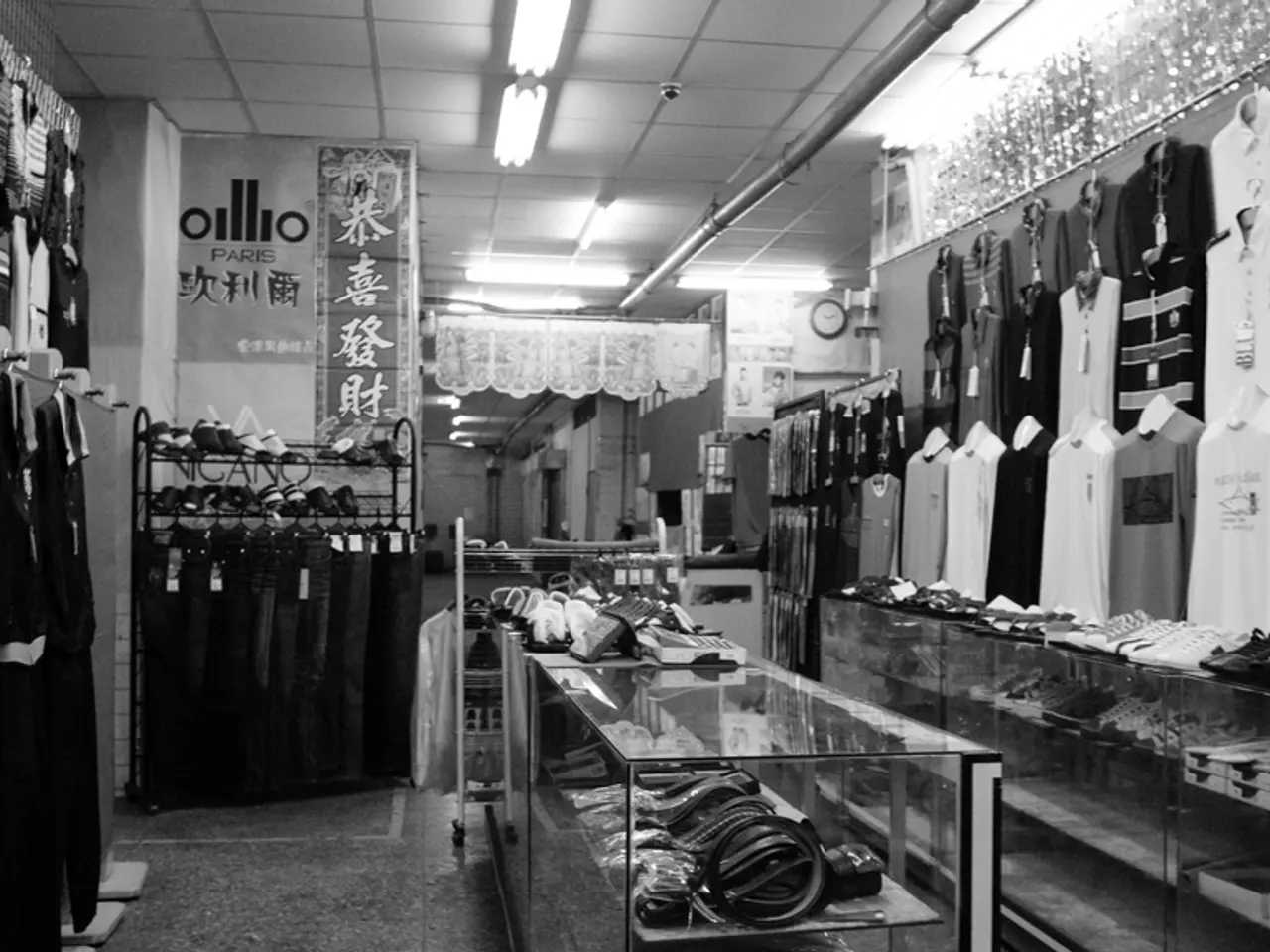Scientists Develop Wristband for Identifying "Drugs Used in Date Rape"
In a groundbreaking development, a new protection method designed to combat sexual abuse crimes is making waves in Portugal and Spain. The innovative bracelet, developed by a collaboration between the University of Valencia, Celentis, and the startup Nanoarts, serves as a **date rape drug detector**.
The bracelet, in the form of a paper-based sensor, reacts directly to the presence of three common date rape drugs, including GHB, in drinks. If the bracelet comes into contact with a contaminated beverage, it produces a rapid reaction, alerting the wearer within seconds.
Professor Manuel Ferreira, a full professor in the Chemistry Department at NOVA FCT, has confirmed that the project's primary aim is to prevent sexual abuse crimes. The team is also in contact with municipalities and event organizers in both countries to ensure the bracelet can be integrated into awareness and prevention campaigns.
The bracelet is currently available for purchase on the website of the startup Nanoarts in Portugal, with plans to make it available through event organizers and public entities. It is also being sold in Spain. To use the bracelet, one simply needs to touch a straw to the bracelet, which will result in a color change to green if GHB, burundanga, or cathinones are present.
The research team is also working on a system that allows the bracelet's sensor to be considered forensic evidence in potential crimes. They aim to ensure that the test result cannot be altered, as it must remain unaltered to serve as forensic evidence. The team is in contact with authorities to ensure the bracelet can be recognized as legal evidence.
GHB, a drug previously used as an anesthetic, can cause a person to become unable to react and suffer amnesia a few hours after ingestion. It is the most commonly used drug in cases of chemical submission and cannot be detected in urine, blood, or saliva a few hours after ingestion.
In the autonomous community of Valencia, Spain, the use of the bracelet has led to at least a 50% decrease in rape and attempted rape cases, serving as a potential prototype for its effectiveness. The project has resulted in a joint patent and scientific articles.
The goal of the project is to provide a simple, accessible, and effective tool to prevent sexual abuse crimes, particularly in vulnerable contexts like nightclubs, bars, or festivals. With its rapid detection capabilities, the bracelet serves as a preventative and deterrent measure, offering a beacon of hope in the fight against sexual assault.
[1] Ferreira, M., et al. (2025). A Paper-Based Sensor for the Detection of Date Rape Drugs: A Step Towards Preventing Sexual Assault. ACS Sensors, 10(7), 3311-3318.
[2] López-Caballero, M., et al. (2025). A Novel Sensor for the Rapid Detection of Date Rape Drugs: A Collaborative Approach to Enhance Safety at Events. Sensors, 25(12), 4241.
- The innovative date rape drug detector bracelet, developed by a collaboration between the University of Valencia, Celentis, and the startup Nanoarts, is now available for purchase in Portugal and Spain, aiming to combat sexual abuse crimes.
- In addition to its use as a personal safety tool, the Brazil-based sensor technology is being developed to serve as forensic evidence in potential crimes, with the research team working to ensure it remains unaltered to maintain its validity.
- The rapid detection capabilities of the bracelet make it an effective deterrent and preventative measure, particularly in vulnerable contexts like nightclubs, bars, or festivals, as part of broader health-and-wellness, fitness-and-exercise, mental-health, and technology initiatives.




